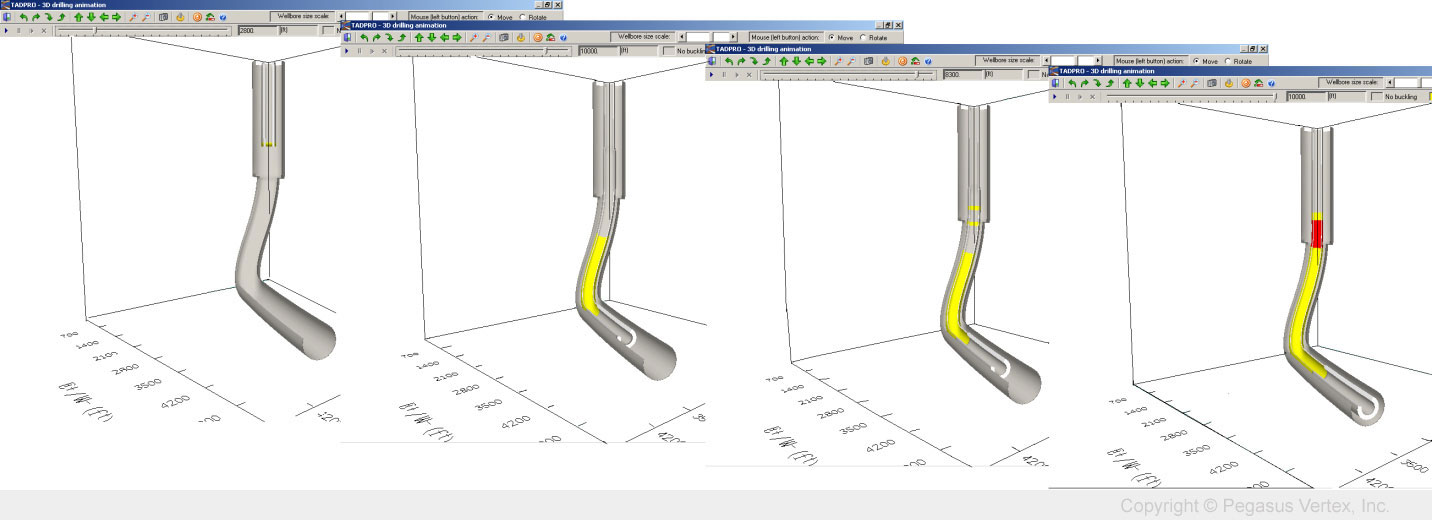In "Nine Million Bicycles", sung by the singer Katie Melua, there are some interesting statics:
There are nine million bicycles in Beijing,
that's a fact.
It's a thing we can't deny
like the fact that I will love you till I die.
We are twelve billion light years from the edge,
that's a guess.
No one can ever say it's true,
but I know that I will always be with you.
The distance between us and the edge of our universe was mentioned. Then, I asked myself the question of the farthest distance between any 2 people and found the answer on Google shortly. The circumference of the earth at the equator is 24,901.55 miles. This makes the farthest distance between any 2 people on the earth 12,451miles.
I also found this statement on the internet, which I am not sure about its accuracy: The longest distance between two points in the state of Texas is 867 miles.
As these numbers are getting smaller, I start to make sense out of them. We are talking about the measurable distances. Nowadays, our lives are affected and shaped by many tech gadgets. Mobile phones, ironically, while connecting people in distance, create huge distance between people nearby and these invisible distances created by the internet or mobile phones cannot be measured by miles.
People spend more time on smart phones, not only talking, but also texting, chatting or simply reading news. This could happen, before or during the meetings, lunches, etc. However, we could use more time getting to know our surroundings, or neighbors. We text more, but meet less; we have become more skilled in typing, but less skilled in socializing. I do agree that mobile phones are becoming the distance or gap between people. The magazine cover of “The New Yorker” November issue of 2009 depicts our situation rather well.
In my mind, the greatest distance between people is not the physical distance, nor the tech gadgets. It is the lack of communication. If we cannot efficiently communicate, we are not in the same page. For drilling professionals, besides regular communication skills, we need to pass technical information to our peers or managements. This requires both engineering and communication skills. Drilling engineering software is one of the solutions to bridge this gap.
Drilling software frees drilling engineers from doing the repeated calculations on torque and drag, hydraulics, casing wear, so that engineers can spend more time in making sound and informed technical decisions. If engineers are using the same software, such as TADPRO (PVI’s torque and drag model), then, they can see tables and charts for the same case, even if they are in different locations. When holding a web meeting, they can easily understand each other’s points of view and reach agreements.
Some drilling software like TADPRO also have been translated into several languages including Spanish, Portuguese, Russian and Chinese. The localization further shortens the distances between engineers in different geographical areas. We also emphasize the visualization of downhole conditions. Drilling engineers cannot see 20,000 ft subsurface, but that does not mean that we cannot predict the downhole pressure or pipe deformation, like the buckling status of drilling string in the 3D wellbore as shown below.
These software packages are PVI's efforts to bridge the gaps between drilling engineers.

